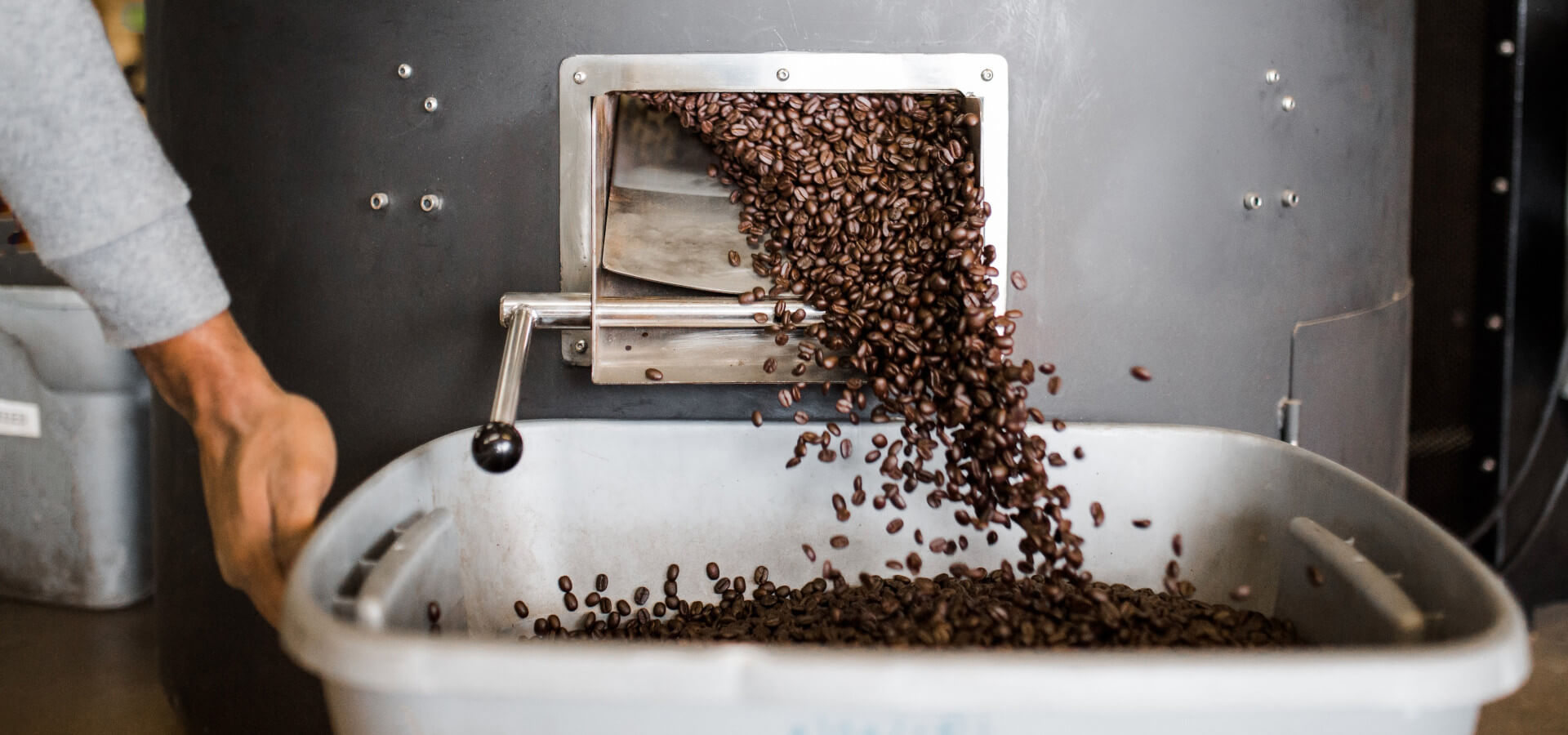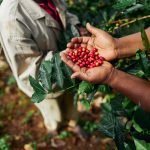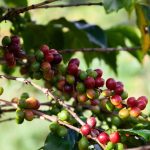Coffee roasting is a crucial stage in the coffee production process that transforms green
coffee beans into the aromatic and flavorful beans we brew to make coffee. Roasting is a
delicate art that combines science and intuition to achieve the desired taste profiles. The
process involves applying heat to the beans, causing them to undergo complex chemical and
physical transformations.
Green coffee beans are seeds extracted from the coffee cherry. They have a grassy, raw flavor
and lack the characteristic aroma and taste associated with coffee. Roasting is the catalyst
for unlocking the beans’ potential. During roasting we carefully monitoring variables such as
temperature, airflow, and duration to control the roasting process.

As the beans heat up, they go through several stages: drying, first crack, and development.
During the drying phase, moisture within the beans evaporates, and they turn yellow. The first
crack marks a critical point where the beans release pressure, audibly cracking and
expanding. Roasters must decide when to end the roasting process based on factors like
flavor development, acidity, and body. Extended roasting leads to darker beans and more
robust, bitter flavors, while lighter roasts preserve the bean’s inherent characteristics.
The roasting process determines the final coffee profile. Experimenting with different roast
levels and blending beans from various origins produces a unique and desirable flavor. Light
roasts often highlight the specific terroir of the coffee, showcasing its origin characteristics,
while darker roasts may feature bold, smoky notes.
At Tamper Tamper Coffee we are continually experimenting to produce a diverse spectrum of
coffee flavors, from fruity and floral to chocolatey and nutty, each a testament to the
intricate alchemy that occurs within the roasting drum. Our aim is to tailor these variables to
suit you, the coffee drinker.




